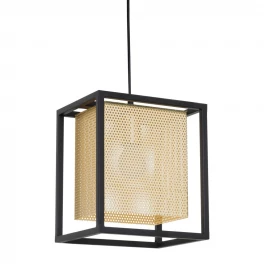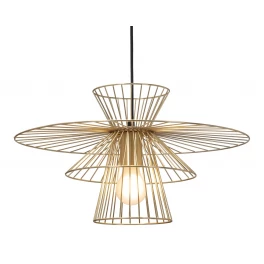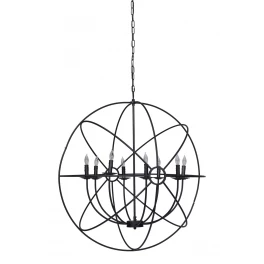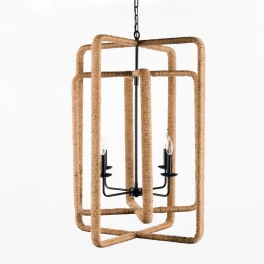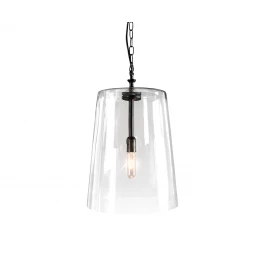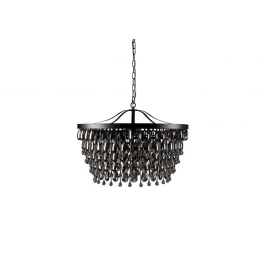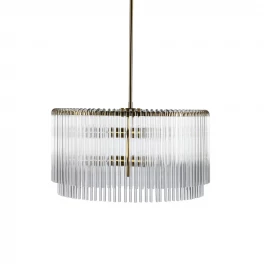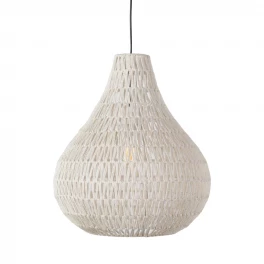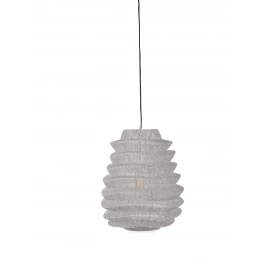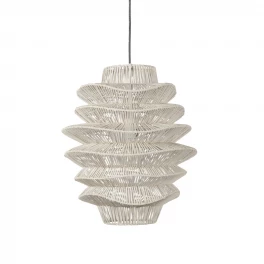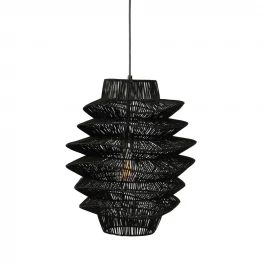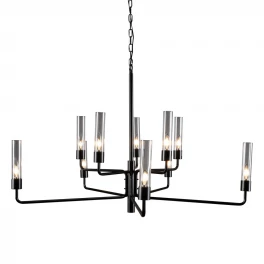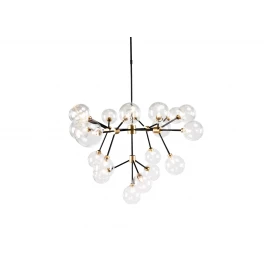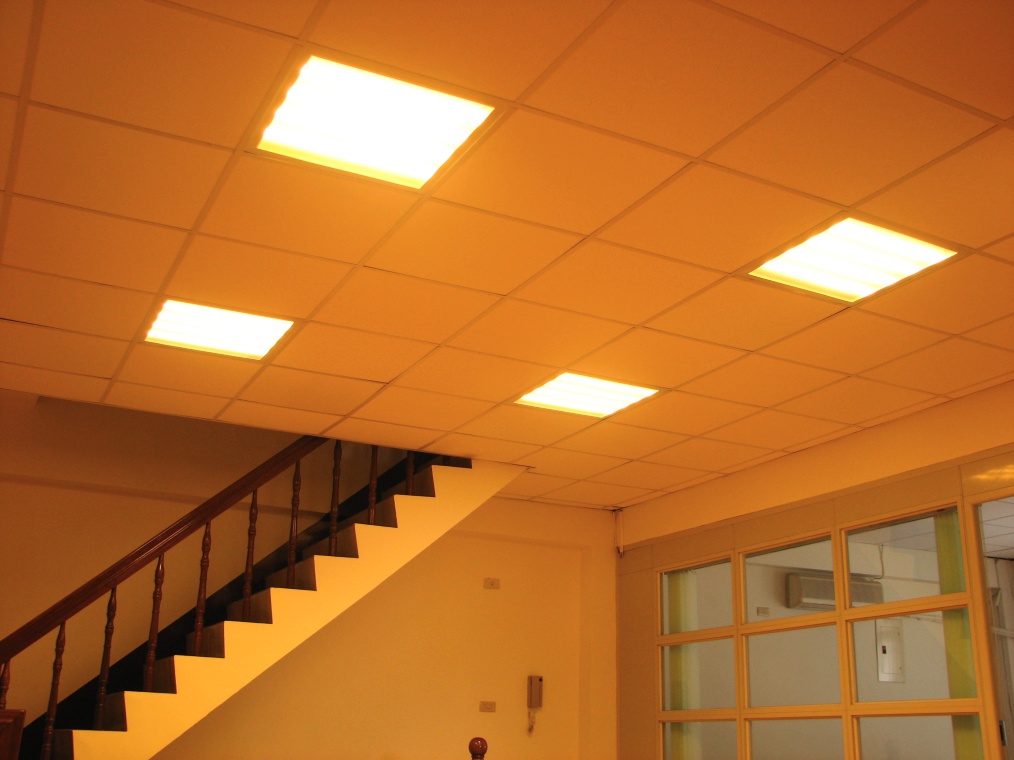Of the many decisions a homeowner can make about their home, one of the more overlooked ones is deciding between drop ceilings and textured ceilings. Whether you’re planning your new dreamhouse or you’re ready to make some key home improvements, it’s important to put some thought into what type of ceilings you want to have. In this article, we’re going to compare the advantages of both acoustic (drop) ceilings and textured ceilings. Just to be clear, when we talk about acoustic ceilings, we’re not referring to the "popcorn" ceilings that were popular in American homes up until the 1990s. We’re referring to suspended or “drop” ceilings only.
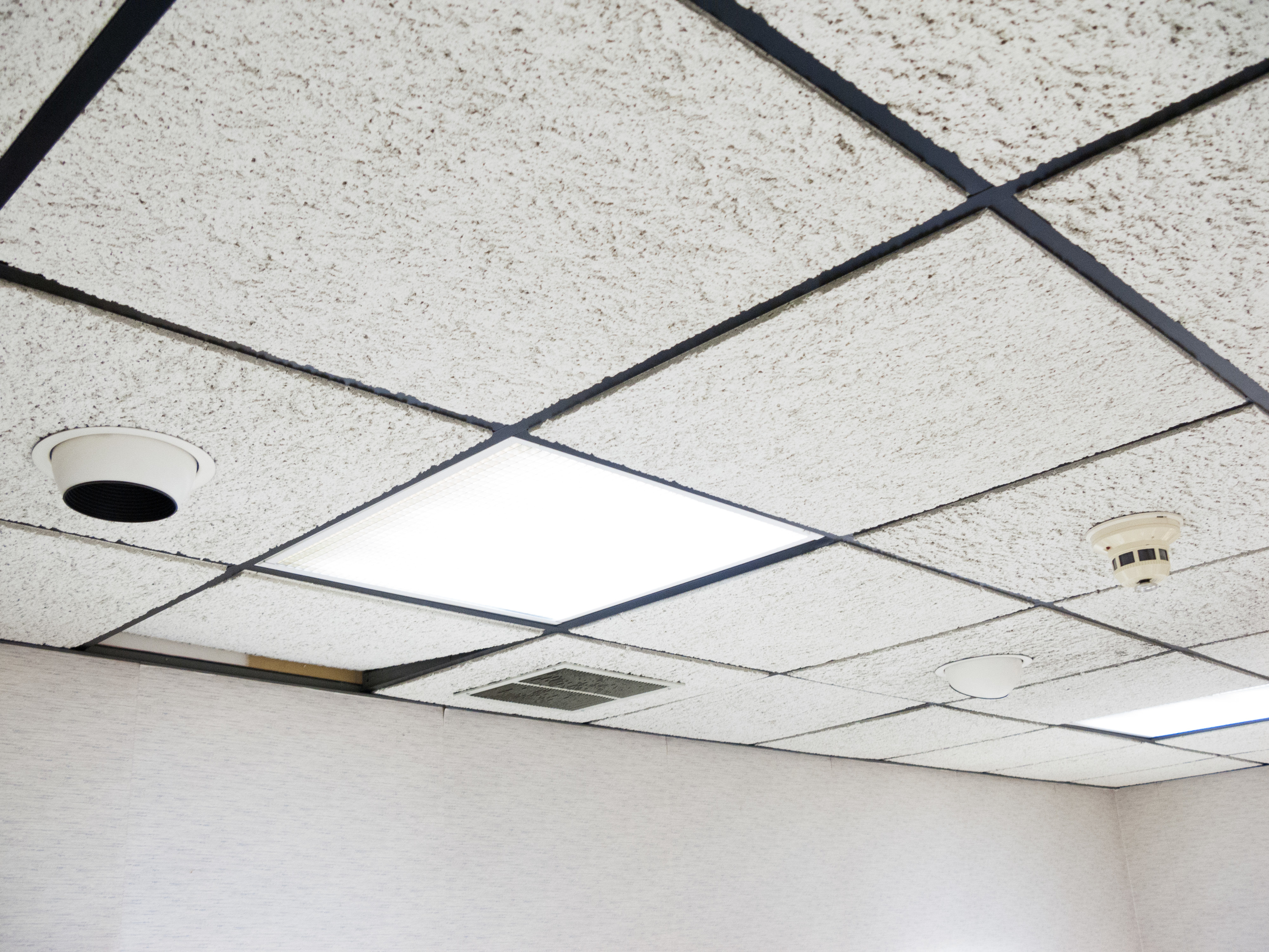
Photo by edan on Adobe Stock
Acoustic Ceilings
So, what is an acoustic (drop) ceiling? An acoustic ceiling is, for all intents and purposes, a secondary ceiling made of tiles that’s typically suspended below a drywall ceiling. There are many advantages to acoustic ceilings. One of which is the obvious “acoustic” value. If you have a game room in a lower part of the house, an acoustic ceiling can help minimize how much of the racket you hear upstairs. You might have a home theater with surround sound, or just a competitive family that’s passionate about their ping-pong, but a drop ceiling will help to deaden the noise. I want to point out that these ceilings are by no means just for lower-level rooms. Acoustic drop ceilings can be utilized in any level of a house, and indeed, they often are.
Another great advantage with suspended ceilings — and this one can’t be overstated — is that the suspended ceilings can easily hide utility aspects like water, electric, and heating and air, but still provide easy access to them. If you need to repair something up there, only a few tiles need to be removed to get to the spot, and after the repair is done, the tiles can be put back easily. This is much less of a headache than having to remove and replace drywall to get to where you need to work.
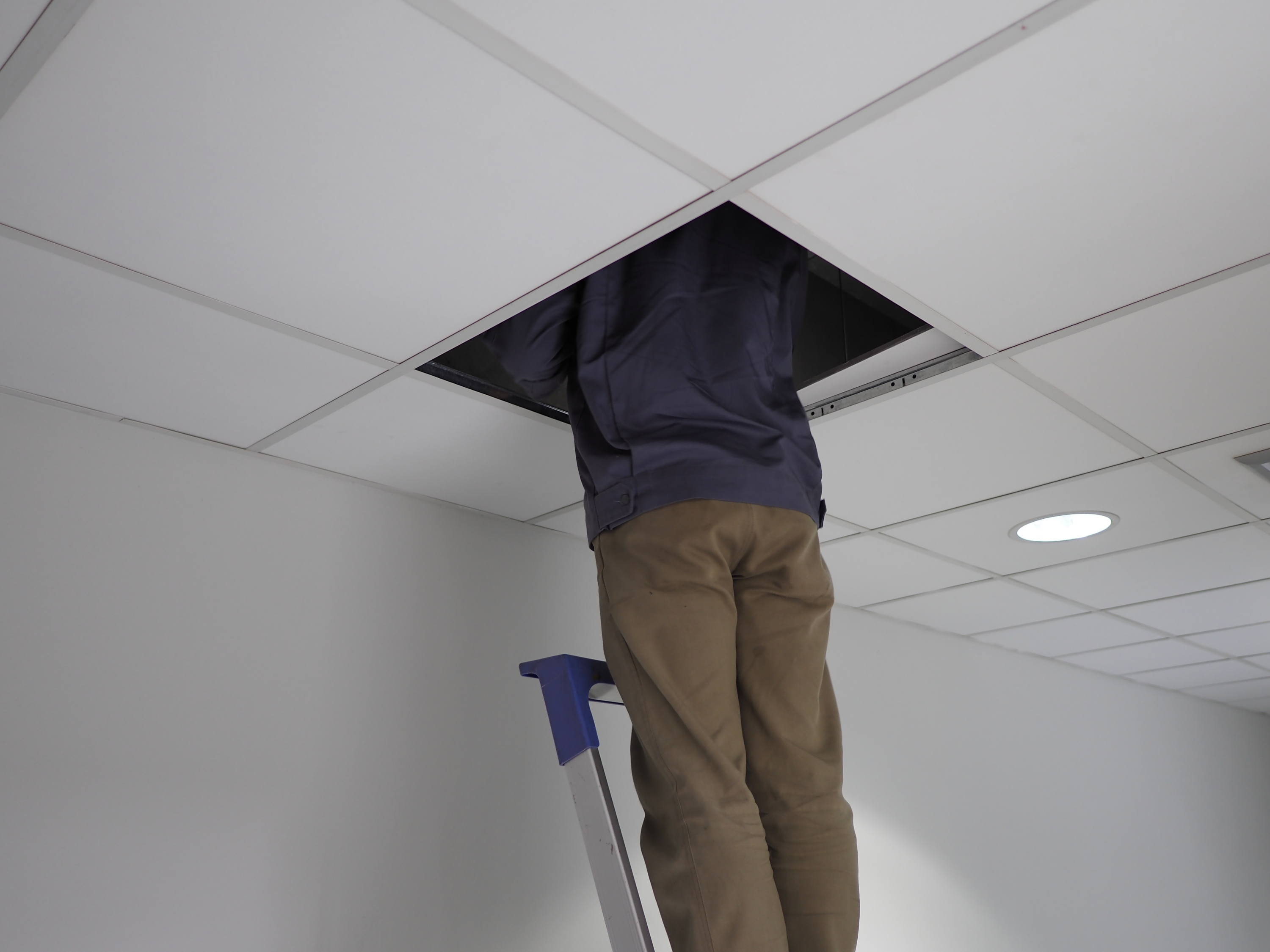
Photo by Jatumeth Susukh on Shutterstock
Of course, it should be mentioned that acoustic ceilings can be expensive. After all, you’re paying for a second ceiling. It’s far less expensive to simply texture the drywall and have just one ceiling. But it’s worth noting that the industry has made a lot of strides in making acoustic ceilings more affordable in the last few years.
The final advantage of acoustic ceilings I’ll point out is that they just plain look good. They can really give your home a stylish feel. Acoustic drop ceilings are not just about function. There are virtually endless styles and options available in acoustic ceiling designs so that homeowners can personalize their space.
Photo by Epic Home Ideas on Pinterest
Textured Ceilings
As you can imagine, the name says it all. This is a very straightforward approach to ceilings, and it simply involves the application of drywall “mud.” The mud can be made into random or purposeful shapes and patterns.

Photo by Syda Production on Adobe Stock
Texturing can have some acoustic qualities of its own, but its primary function here is just for looks.
Of course, many homeowners will opt for a smooth-textured ceiling, but some prefer the look of a lightly-textured ceiling because it can change the perception of a room. Another reason people choose textured ceilings is that they can hide small imperfections that might otherwise be obvious on a white or light-colored surface.
If you ask homeowners why they went with a lightly-textured ceiling, they usually have three letters for you: DIY.

Photo by Anna Krivitskaia on Dreamstime
When considering what kind of ceiling you want for your home, consider function, cost, and appearance. Many homeowners carefully consider the walls, the trim, and the crown molding, but don’t give the ceilings a second thought. Whether you want to spend the money because you feel an acoustic ceiling is right for your needs, or you like the simple but charming look of a textured ceiling, or you’re ready for an intensive yet satisfying DIY job, just make sure you do your homework beforehand.




